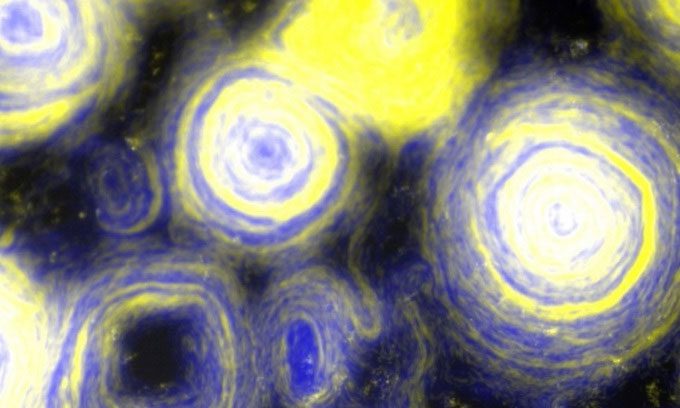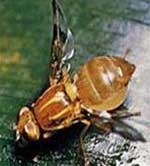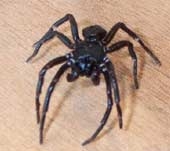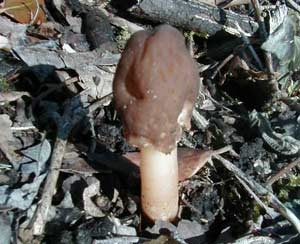A swarm of predatory bacteria clings together in a spiral formation, displaying yellow and green colors reminiscent of Vincent van Gogh’s famous painting “Starry Night.”

Magnified mutant bacteria under a microscope. (Photo: University of Wyoming)
Microbiologists have found many similarities between the bacterial swarm and the famous painting while studying the cooperative behavior of predatory bacteria known as Myxococcus xanthus. Members of this species are known for their ability to form cooperative swarms, sharing resources to overpower prey. The research team focused particularly on the pair of proteins TraA and TraB, which allow bacteria to recognize and connect with one another. To study this, they created a mutant strain of M. xanthus that overexpresses the genes responsible for these proteins to observe how they change, according to a study published on December 7 in the journal mSystems.
When the mutant strain formed a swarm with both mutant and non-mutant strains, many connected cell clusters formed a spiral pattern. Subsequently, the research team used digital technology to add colors to distinguish each strain. After adding color, they observed that the bacterial swarm closely resembled Van Gogh’s “Starry Night,” featuring yellow and green patterns. Through this discovery, the study of social bacteria reveals a “behavior with a painterly beauty,” said Daniel Wall, a molecular biologist at the University of Wyoming.
Van Gogh’s “Starry Night.” (Photo: Wikipedia)
Individuals of M. xanthus form cooperative swarms by sharing enzymes (proteins) and metabolites, which help convert food into energy by facilitating metabolic reactions. This allows the bacteria to overpower other bacterial species as prey. Typically, these swarms consist of long chains of connected cells resembling passenger trains, according to Oleg Igoshin, a computational biologist at Rice University in Texas. However, the laboratory-induced mutation causes the bacteria to cling together in spirals, with each spiral having a diameter of over one millimeter.
The overexpression of TraA and TraB also creates stronger connections, meaning that these bacterial swarms stick together for longer periods and appear unable to revert to individual cells.





















































